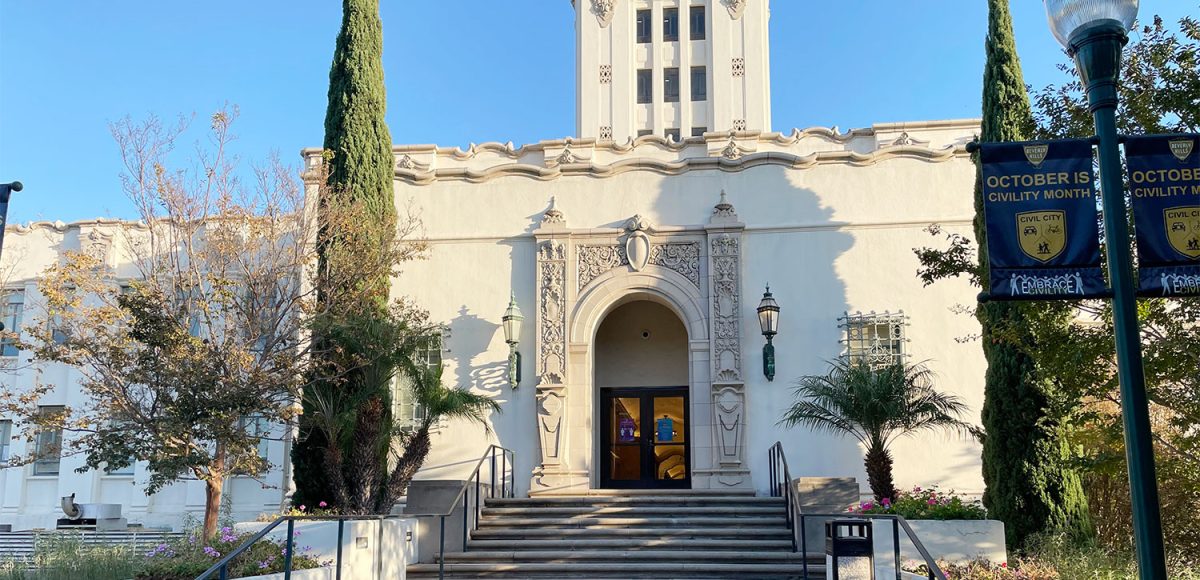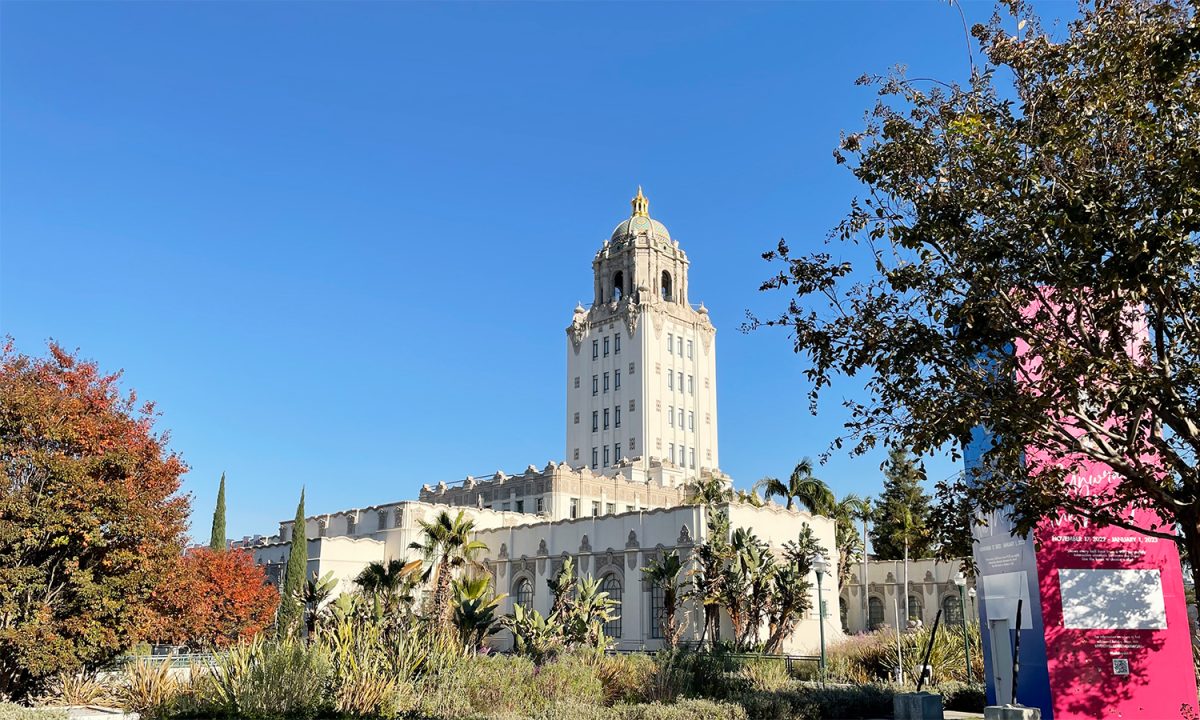Power outages—and steps to mitigate their impact—came up for discussion at the Feb. 20 City Council Study Session. In light of the frequent outages in recent years, the council heard ideas for increasing the city’s electrical resilience. Those ideas include energy audits for commercial and residential buildings; adding more backup power sources; dedicating a staff position to working on electrical concerns and improving access to real-time outage data.
Councilmember Lili Bosse led the initial charge to address the outages while she was serving as mayor, and in August 2023 Mayor Dr. Julian Gold established the Mayor’s Citywide Electrical Resilience Ad Hoc Committee to continue working on solutions.
The committee helped craft the city’s Electrical Resilience Action Plan, which council members enthusiastically discussed for the first time at the Study Session.
“I want to thank the committee who worked very hard on this,” said Bosse. “I know this is a lot of analysis, a lot of work and clearly essential given what our community has faced the last number of years and even just recently.”
In developing the plan, the committee began with an investigation into the city’s past outages and found that electricity customers in Beverly Hills indeed experience a higher frequency of outages than regional SCE customers in general.
“Seventy to eighty percent of the outages are driven by equipment failures or causes unknown to SCE and that’s concerning,” said City Consultant Mariko Geronimo, co-founder and chief economist at Lumen Energy Strategy. “When an issue does escalate, such as in Trousdale, it takes considerable pressure from the city to get anything done by SCE and if you can’t rely on service, even in normal conditions, you can’t expect to rely on it in an emergency.”
Since there were no clear patterns or reasons behind the outages, the committee focused on ways to mitigate their impact and improve the city’s electrical resilience. It came up with a range of solutions that can be implemented in the near-term, mid-term and long-term.
One of the immediate priorities is to subscribe the city to Poweroutage.US to enhance access to real-time data on outages and allow for more effective management of power disruptions.
Another quick solution is to perform an audit of commercial and residential buildings to assess energy consumption patterns and identify opportunities for increasing efficiency.
“Energy efficiency doesn’t prevent outages, but it does reduce the need for power and therefore reduces your resilience need,” said Geronimo.
Another benefit of the audit is it can reveal community interest in installing solar panels and energy storage systems—both of which can help provide backup power during outages.
In addition, the plan recommends hiring an ombudsperson dedicated to electrical resiliency. This person would serve as a liaison between the city, its residents, and utility providers and help residents explore options and incentives for installing power generators and sustainable energy sources.
Staff recommends folding this responsibility into the new Sustainability Administrator position created in this year’s budget. The recruitment and hiring process is already underway and the city anticipates having someone on board no later than May, said Public Works Director Shauna Epstein.
In the long term, the city can look into establishing its own micro-grids. These are local electrical grids that can be connected to the wider grid system and operate independently when needed. This would take significant investment and planning but could have potentially huge benefits for energy independence.
“I think this (the Electrical Resilience Action Plan) is an excellent outline and it is going to be my recommendation that we continue to work on this in the future,” said Gold. “This is really just the beginning of this conversation.
“Obviously, the city and the community has to have a much broader discussion of what we want to do, where we want to spend resources, how resilient we want to be and what we can afford.”







